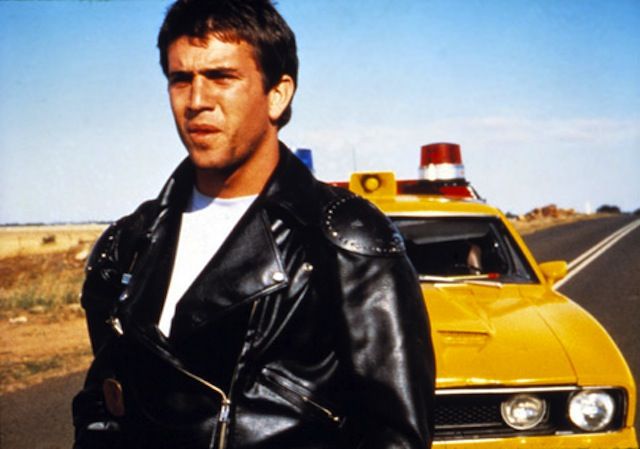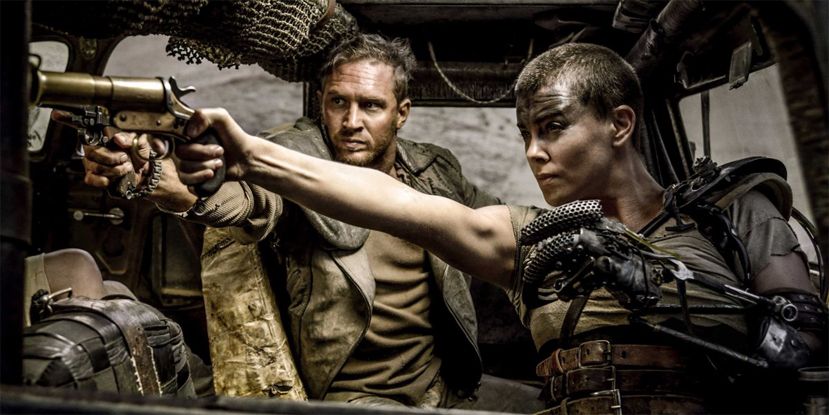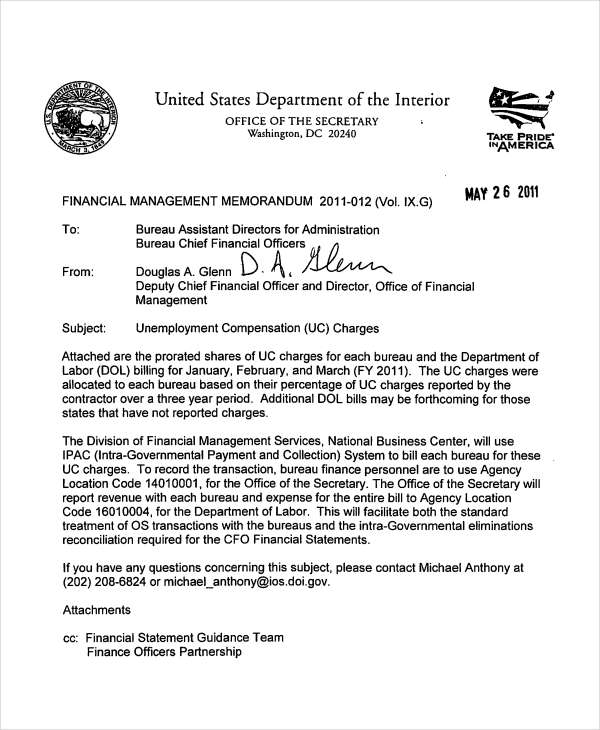This academic review is about a theme of matriarchy in Mad Max. This theme becomes popular in modern cinematography because of the representation of a woman as a dominant power. In particular, by considering patriarchal norms, women cannot take a key position in society because of established practices. However, patriarchal society changes while women get more rights in comparison to past tendencies. In this way, this academic review provides new views on the role of a woman in the cinematography by using the example of female characters in the Mad Max franchise and focusing on a heroine, Imperator Furiosa.
Introduction of Academic Review
Traditionally, society has been under the control of men. However, society is never static because there are a few exceptions in which the patriarchal tradition has been replaced by matriarchy. “Who run the world? Girls” is a popular slogan that feminists. Women want to prove that, in a male-dominated world, women are also capable of leading. Additionally, like most films produced in America and globally, male characters take the roles of heroes who save the day and rule over women and children. The movie presents a matriarchy system where women emerge as heroines at the end of the day. In this academic review, the term “matriarchy”
Matriarchy in Mad Max

The first movie “Mad Max” directed by George Miller in 1979 is obvious in its Neanderthal gender roles. In a post-apocalypse world that looks almost identical to the present times, Max or Mel Gibson is stuck in a nightmare. In particular, evil thugs protected by the law terrorize and threaten the fabric of civil society. As for Max, he is a policeman, but it is only as long as his wife Jessie or Joanne Samuel is at home taking care of the baby and performing other housewife duties for her man (Miller, 1979). His wife also plays the sole purpose of providing him a revenge motive. Therefore, the real energy and theme of this particular film is patriarchy where men go out of their way to protect women from the barbaric actions of other men.
Male Archetype
In the second movie, the director tries to shuffle the male archetypes a bit but fail to challenge them completely. Miller directed the second movie “Mad Max 2: The Road Warrior” in 1981. For example, Max is a shaggy loner cowboy who wants to die, defending the people from the enemy’s deadly gunfire and engines (Miller, 1981). In this case, women and children see him as he swings his guns and leads them out of the desert solo. Thus, p
Female Archetype
The real attempt to represent women as a dominant power was implemented in the third movie “Mad Max 3: Beyond Thunderdome” directed by Miller and
Academic Review on Patriarchy
The movie “Mad Max: Fury Road” directed by Miller in 2015 puts a woman at the center of the story. The theme of matriarchy is evident when that woman gets to overthrow the evil patriarchy. In this case, the character of Max or Tom Hardy does not have a key value in the movie. The post-apocalyptic world in the movie is a patriarchal one, and people do not learn the mistakes of the apocalypse (Miller, 2015). This society is unable to learn from its mistakes. In turn, they are attempting to create a new civilization upon another destructive path that leads toward a new apocalypse. Self-appointed leader, Immortan Joe, controls people and justifies his actions from his citadel where he is untouchable.
Gender Inequality
Capitalism and religious extremism exist, and young boys serve and die for Immortan Joe. In the middle of this scene, women are submissive and passive. For instance, women are used as cattle where they are tied and milked to provide Joe with the mother’s milk (Miller, 2015). This product is sold to maintain his wealth at the expense of these women. Besides, Joe also keeps other women locked up in a room for him to have fun whoever he wants.
Academic Review of Imperator Furiosa

Matriarchy is presented in the movie through the central character, Imperator Furiosa. She rose through ranks to become a trusted warrior. In particular, Furiosa has to adopt all protocols and mannerism of being male to adopt power while maintaining a secret dream of escaping and freeing the other women from Joe’s Citadel. On the other side, she had a dream of returning to the Green Place where women could have human rights. Even her name is different, Furiosa invokes the common saying “hell hath no fury like a woman scorned” (Miller, 2015). In this case, Furiosa’s appearance is different from all other women in the series. Therefore, she follows characteristics with other male warriors, such as her shaved head and greasy face.
Origin
The matriarchal system is also evident in
The Green Place
At
Female Authority in Academic Review
During a mission to trade mother’s milk in a neighboring patriarchal town, Furiosa instead frees Joe’s wives and promises to take them to The Green Place where they would be in control of their bodies. As expected, Joe goes after them as this aspect is considered treason and theft of his wives, using her female authority. The five wives looked beautiful and frail and meek. They were ready to fight for what they knew while it was their rights (Miller, 2015). She leads the five wives safely through the desert to the Green Place for the ultimate battle against the patriarchal system.
Female Heroine
Furiosa is the heroine in the film, and she is designed for the women to associate with her. Her character is emulating the modern day career women who are brought up in a world. In this case, they have no choices but must follow the rules of the patriarchal system in order to get power for themselves because that is the only form of power that exists (Miller, 2015). On the other side, Furiosa gains personal power for herself. She embodies the other women to achieve their freedom by leading them to the Green Place.
New Life
Her character is loved because she provides solutions to the modern day career women who are forced to be inferior to her male counterparts. Furiosa urges women to fight for their rights and help each other. The movie ends when the tyrannical patriarchy is destroyed. The women who went to war return to new lives, coming of a new age where females occupy the apex of dominance (Miller, 2015). Furthermore, this aspect sends a message that a valid route to a futuristic future is to join the patriarchy. Hence, the aim of doing so is to change it from the inside.
Conclusion on Academic Review
Hence, this academic review of Mad Max is a formal term for video review and approval as it concentrates on the analysis and interpretation of the video content. The characters of Imperator Furiosa, the
References
Miller, G. (1979). Mad Max. Retrieved from https://www.imdb.com/title/tt0079501/
Miller, G. (1981). Mad Max 2: The Road Warrior. Retrieved from https://www.imdb.com/title/tt0082694/
Miller, G., & Oglvie, G. (1985). Mad Max 3: Beyond Thunderdome. Retrieved from https://www.imdb.com/title/tt0089530/
Miller, G. (2015). Mad Max: Fury Road. Retrieved from https://www.imdb.com/title/tt1392190/


